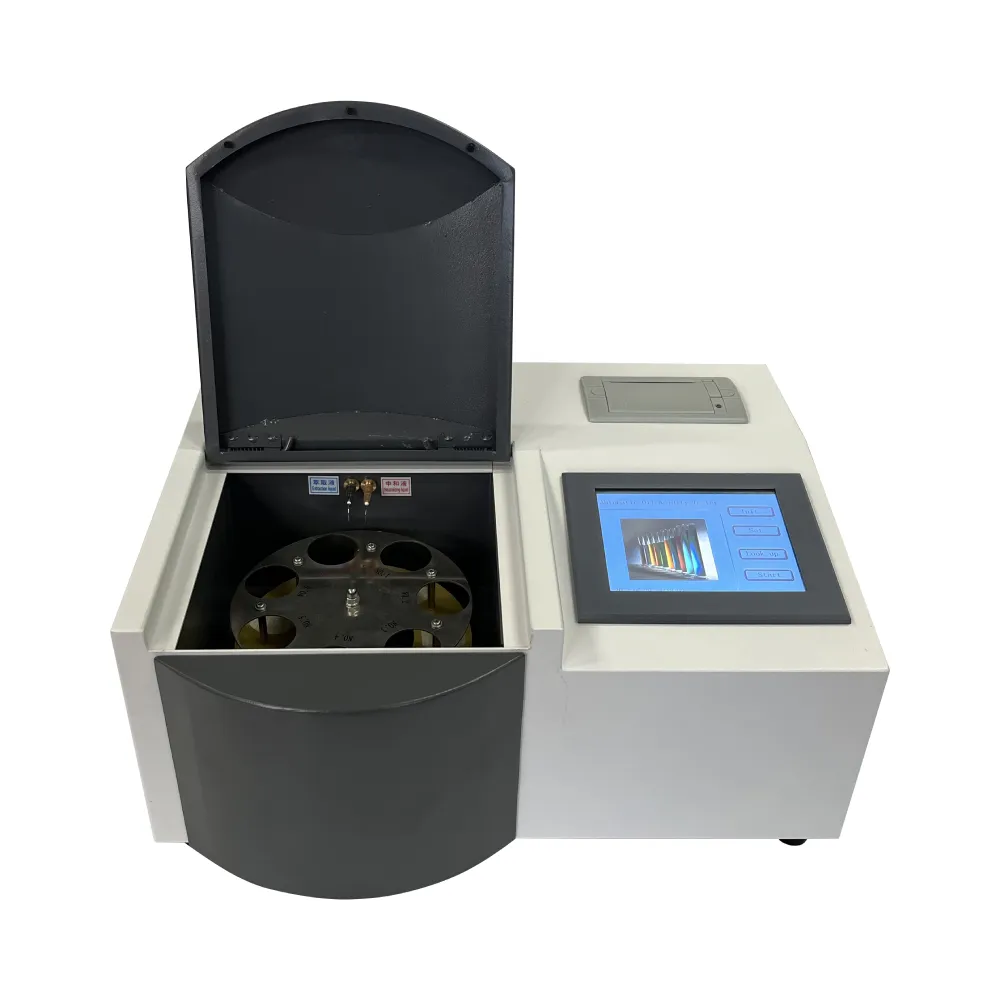 English
English


Circuit Breaker Locator Tool for Efficient Home Electrical Management
Understanding Circuit Breaker Finders A Handy Tool for Homeowners
In today's modern world, electrical systems play a crucial role in our daily lives, powering everything from our kitchen appliances to home entertainment systems. However, with the convenience of electricity comes the responsibility of ensuring that these systems work safely and effectively. One of the most important components of any electrical system is the circuit breaker—a safety device designed to protect electrical circuits from overloads and short circuits. While circuit breakers are typically located in a basement or utility room, knowing which circuit controls which area of your home can often be a challenge. This is where a circuit breaker finder comes into play, making the task of identifying circuits much easier for homeowners and DIY enthusiasts alike.
What is a Circuit Breaker Finder?
A circuit breaker finder, or circuit breaker tracer, is a specialized tool that helps users locate the specific circuit breaker associated with an electrical outlet, switch, or light fixture within a home. These devices typically consist of two main components a transmitter and a receiver. The transmitter is plugged into the outlet or connected to the circuit you want to identify, while the receiver detects the signal emitted by the transmitter as you scan through the circuit breaker panel. The process is straightforward, and the results are often instantaneous, allowing you to efficiently pinpoint the breaker controlling a particular appliance or area.
Why Use a Circuit Breaker Finder?
1. Time-Saving Manually turning off each breaker in your panel to identify which one controls a specific area can be a tedious and time-consuming task. A circuit breaker finder significantly speeds up this process, allowing you to quickly and accurately find the right circuit without disrupting your home's power.
2. Enhanced Safety Electrical work can be dangerous, and mistakenly working on the wrong circuit can lead to serious consequences. By using a circuit breaker finder, you can ensure that you are working with the correct circuit, minimizing the risk of electrocution or damage to your appliances.
circuit breaker finder

3. Troubleshooting Made Easy If you experience electrical issues in your home, such as flickering lights or frequent tripped breakers, a circuit breaker finder can assist you in diagnosing the problem. By identifying which circuits are malfunctioning, you can take appropriate action to address the issue without second-guessing.
4. Essential for Renovations For homeowners renovating or making alterations to their electrical systems, a circuit breaker finder can be invaluable. It ensures that new outlets or appliances are correctly wired to the appropriate circuits, helping to prevent overloads and other issues down the line.
How to Use a Circuit Breaker Finder
Using a circuit breaker finder is generally straightforward. Follow these steps
1. Plug in the Transmitter Insert the transmitter into the outlet you wish to trace. 2. Turn on the Receiver Power up the handheld receiver and select the appropriate settings if necessary. 3. Scan the Breaker Panel Slowly move the receiver near the circuit breakers, observing the indicator lights or sounds produced by the device. Once you find the correct breaker, the equipment will signal that it has detected the transmitter. 4. Verify To confirm your findings, you may want to turn off the identified breaker and check that the power to the outlet is indeed off.
Conclusion
A circuit breaker finder is a practical tool that every homeowner should consider adding to their toolkit. Its ability to quickly and accurately locate circuit breakers saves time, enhances safety, and simplifies troubleshooting. Whether you're dealing with electrical repairs, renovations, or simple home maintenance, investing in a circuit breaker finder can make your projects smoother and more efficient.
-
Differences between open cup flash point tester and closed cup flash point testerNewsOct.31,2024
-
The Reliable Load Tap ChangerNewsOct.23,2024
-
The Essential Guide to Hipot TestersNewsOct.23,2024
-
The Digital Insulation TesterNewsOct.23,2024
-
The Best Earth Loop Impedance Tester for SaleNewsOct.23,2024
-
Tan Delta Tester--The Essential Tool for Electrical Insulation TestingNewsOct.23,2024





